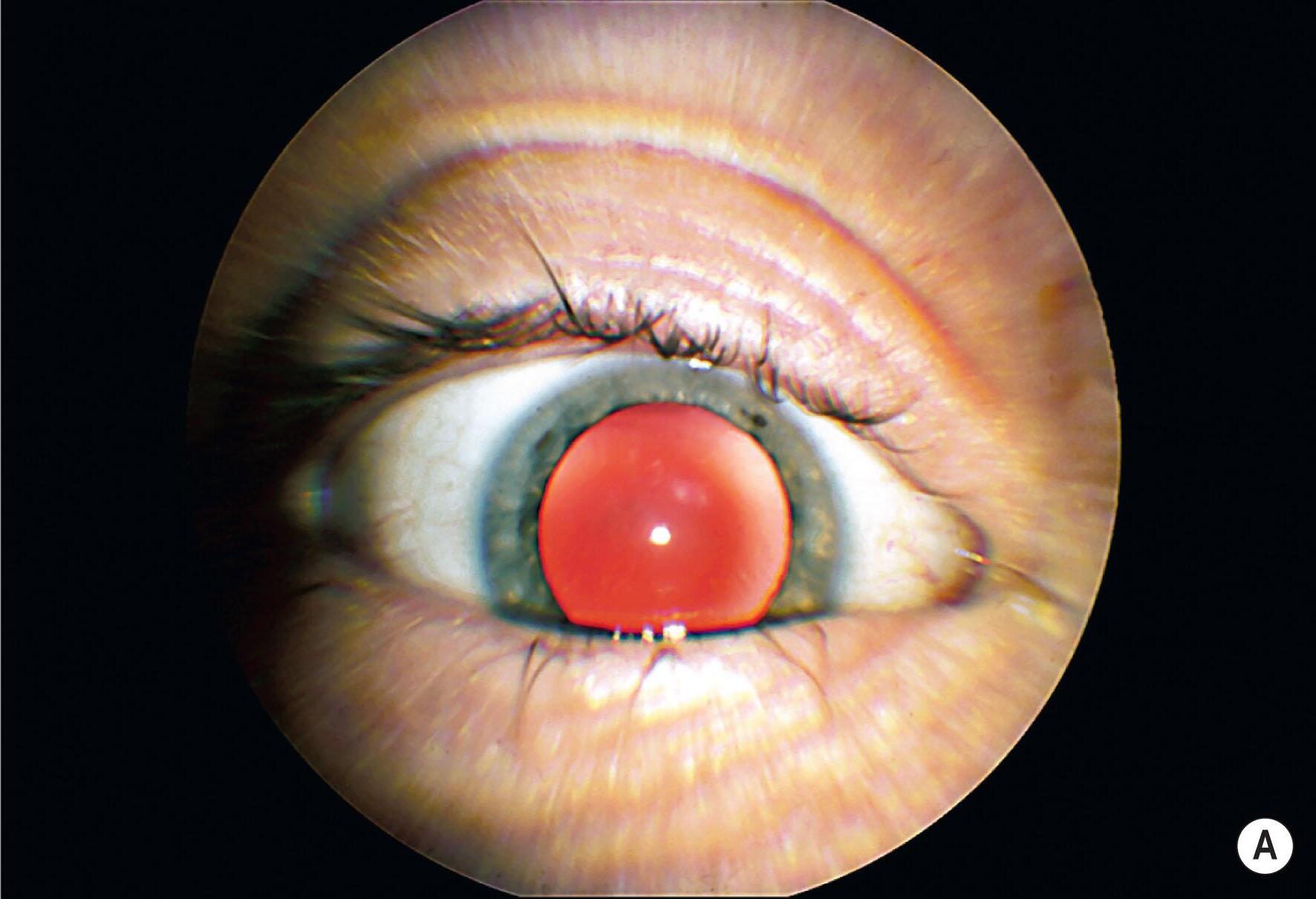
Corneal Anesthesia Deafness Mental Retardation is a rare genetic disorder that affects multiple systems in the body. This condition can lead to a combination of symptoms including loss of sensation in the cornea, hearing impairment, and intellectual disabilities. Understanding this complex disorder is crucial for those affected and their families. In this blog post, we will explore 30 fascinating facts about this condition, shedding light on its causes, symptoms, and potential treatments. Whether you're a medical student, a caregiver, or someone seeking more information, these facts will provide valuable insights into Corneal Anesthesia Deafness Mental Retardation. Let's dive in and learn more about this intriguing condition.
Key Takeaways:
- Corneal anesthesia, deafness, and mental retardation present unique challenges and require comprehensive care. Individuals with these conditions need personalized care plans and support from healthcare providers and advocacy groups for a holistic approach to managing their lives.
- Genetic factors and syndromes can cause a combination of corneal anesthesia, deafness, and intellectual disability. Research is ongoing to better understand and treat these conditions, and genetic testing can help identify underlying causes for more targeted care.
Understanding Corneal Anesthesia
Corneal anesthesia is a rare condition where the cornea, the clear front surface of the eye, loses sensation. This can lead to various complications and requires careful management.
- Corneal anesthesia can result from nerve damage due to surgery, trauma, or infections.
- Loss of sensation in the cornea increases the risk of eye injuries since the protective blink reflex is diminished.
- Patients with corneal anesthesia often experience dry eyes because they don't feel the need to blink as often.
- Treatment options include lubricating eye drops, protective contact lenses, and sometimes surgery to restore sensation.
- Regular eye check-ups are crucial for individuals with corneal anesthesia to prevent complications.
Exploring Deafness
Deafness, or significant hearing loss, affects millions worldwide. It can be congenital or acquired and has various causes and implications.
- Deafness can be caused by genetic factors, infections, exposure to loud noises, or aging.
- Sign language is a primary mode of communication for many deaf individuals, with different sign languages used around the world.
- Hearing aids and cochlear implants are common devices that help some people with hearing loss.
- Early intervention and education are vital for children with hearing loss to develop language skills.
- Deaf culture is rich and diverse, with its own traditions, values, and social norms.
Insights into Mental Retardation
Mental retardation, now more commonly referred to as intellectual disability, involves limitations in intellectual functioning and adaptive behavior.
- Intellectual disability can be caused by genetic conditions, problems during pregnancy, or environmental factors.
- Early diagnosis and intervention can significantly improve the quality of life for individuals with intellectual disabilities.
- Special education programs are designed to meet the unique needs of students with intellectual disabilities.
- Supportive therapies, such as speech and occupational therapy, play a crucial role in development.
- Community inclusion and acceptance are essential for the well-being of individuals with intellectual disabilities.
The Intersection of Corneal Anesthesia, Deafness, and Mental Retardation
When these three conditions intersect, they present unique challenges and require comprehensive care.
- Individuals with multiple disabilities often need a multidisciplinary approach to care.
- Communication barriers can be significant for those with both deafness and intellectual disabilities.
- Eye care becomes more complex when corneal anesthesia is present alongside other disabilities.
- Assistive technologies can greatly enhance the quality of life for individuals with multiple disabilities.
- Family support and education are crucial in managing these conditions effectively.
Genetic Factors and Syndromes
Certain genetic syndromes can cause a combination of corneal anesthesia, deafness, and intellectual disability.
- Riley-Day syndrome is a genetic disorder that can lead to corneal anesthesia and other sensory deficits.
- Usher syndrome is a condition that causes both hearing loss and vision problems, sometimes including corneal anesthesia.
- Down syndrome often involves intellectual disability and can be associated with various eye problems.
- Genetic testing can help identify the underlying causes of these combined conditions.
- Research is ongoing to better understand and treat genetic syndromes that involve multiple disabilities.
Living with Multiple Disabilities
Managing life with corneal anesthesia, deafness, and intellectual disability requires a holistic approach.
- Personalized care plans are essential for addressing the unique needs of each individual.
- Adaptive devices such as communication boards and specialized software can aid in daily living.
- Support groups provide emotional and practical support for families and individuals.
- Healthcare providers must work together to ensure comprehensive care.
- Advocacy is important to ensure that individuals with multiple disabilities receive the services and support they need.
Final Thoughts on Corneal Anesthesia Deafness Mental Retardation
Understanding Corneal Anesthesia Deafness Mental Retardation helps shed light on a rare yet impactful condition. This disorder affects multiple systems in the body, leading to unique challenges for those diagnosed. Early diagnosis and intervention can significantly improve quality of life.
Medical professionals, caregivers, and families must work together to provide comprehensive care. Awareness and education about this condition are crucial for better support and resources.
Research continues to evolve, offering hope for new treatments and therapies. Staying informed about the latest developments can make a big difference.
By fostering a supportive community, we can ensure that individuals with this condition lead fulfilling lives. Let's continue to advocate for more research and better care options. Knowledge is power, and together, we can make a positive impact.
Frequently Asked Questions
Was this page helpful?
Our commitment to delivering trustworthy and engaging content is at the heart of what we do. Each fact on our site is contributed by real users like you, bringing a wealth of diverse insights and information. To ensure the highest standards of accuracy and reliability, our dedicated editors meticulously review each submission. This process guarantees that the facts we share are not only fascinating but also credible. Trust in our commitment to quality and authenticity as you explore and learn with us.


